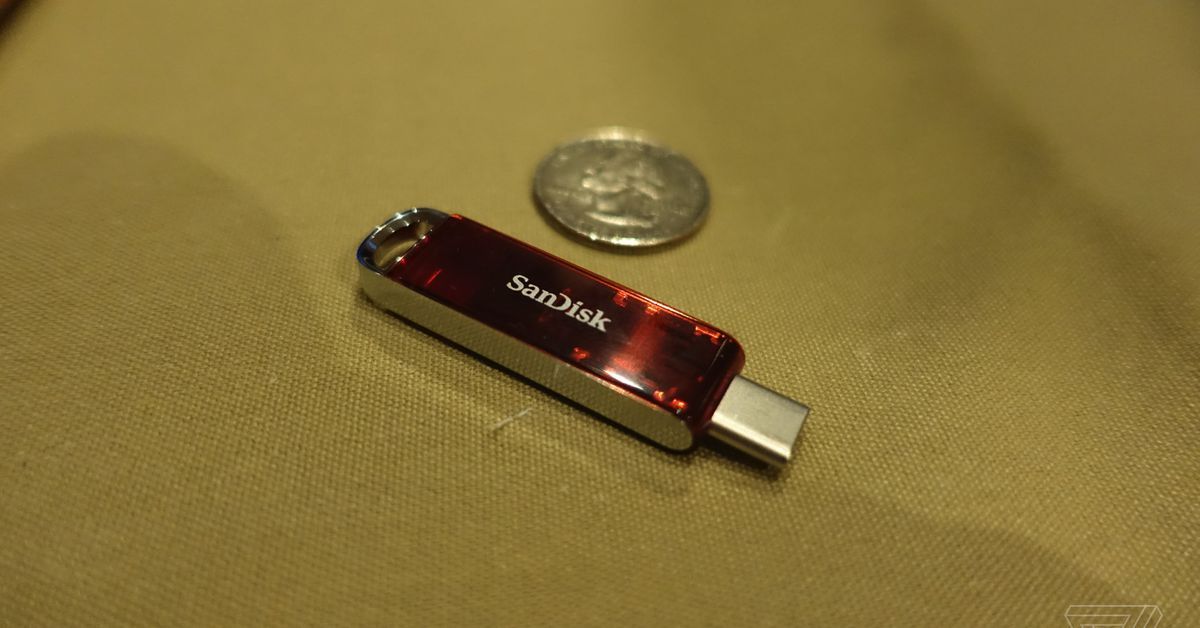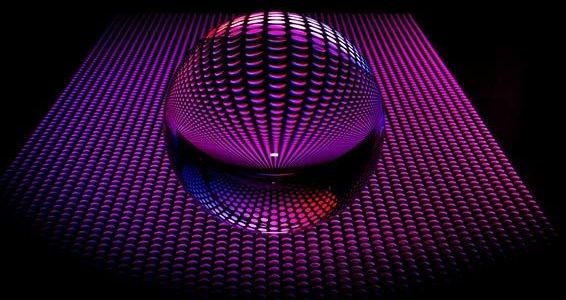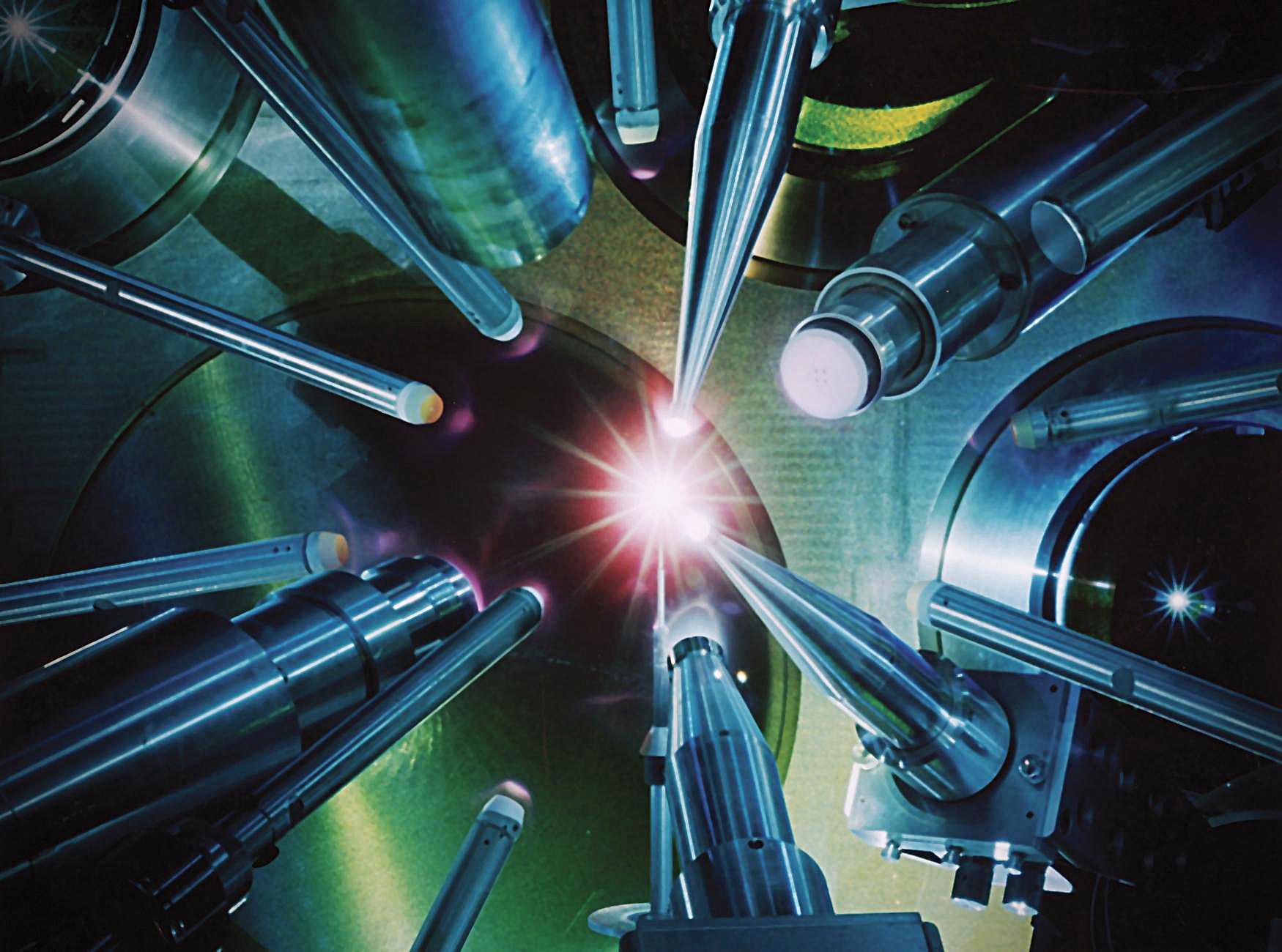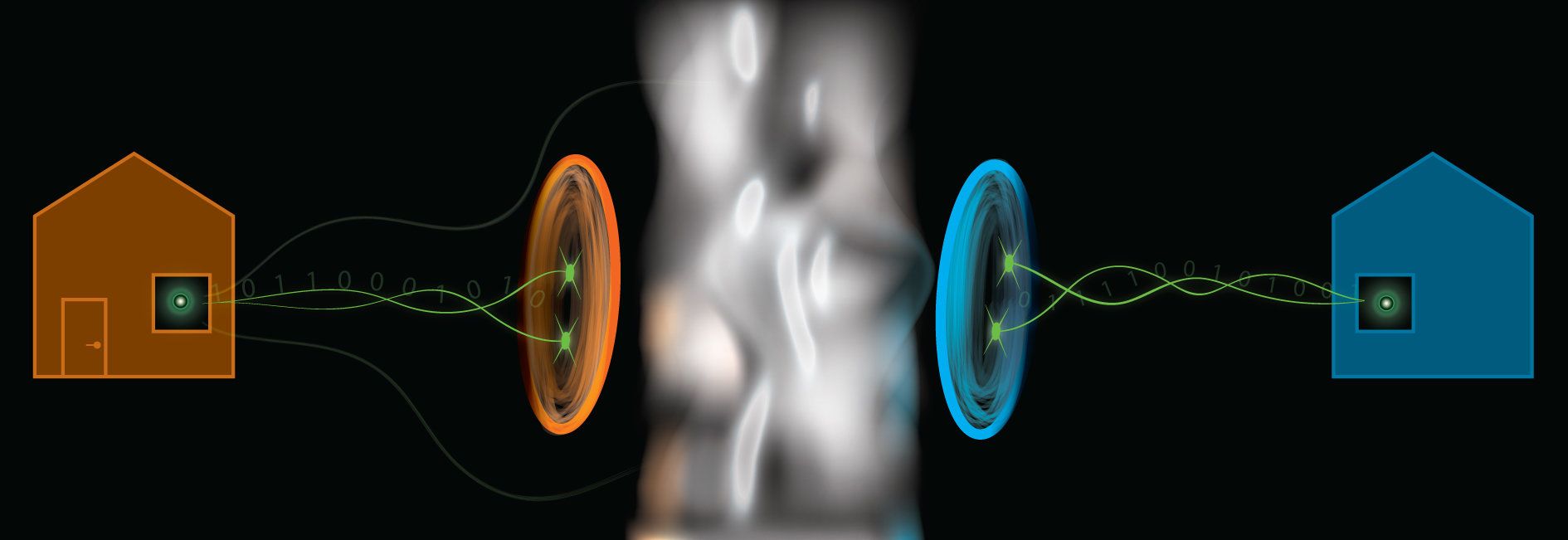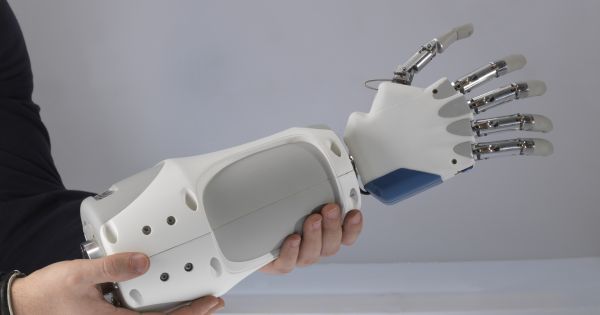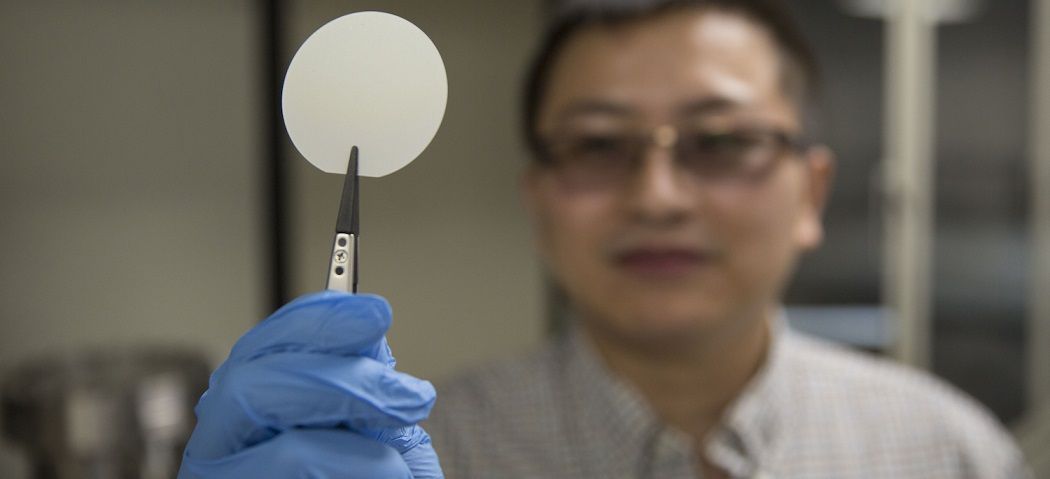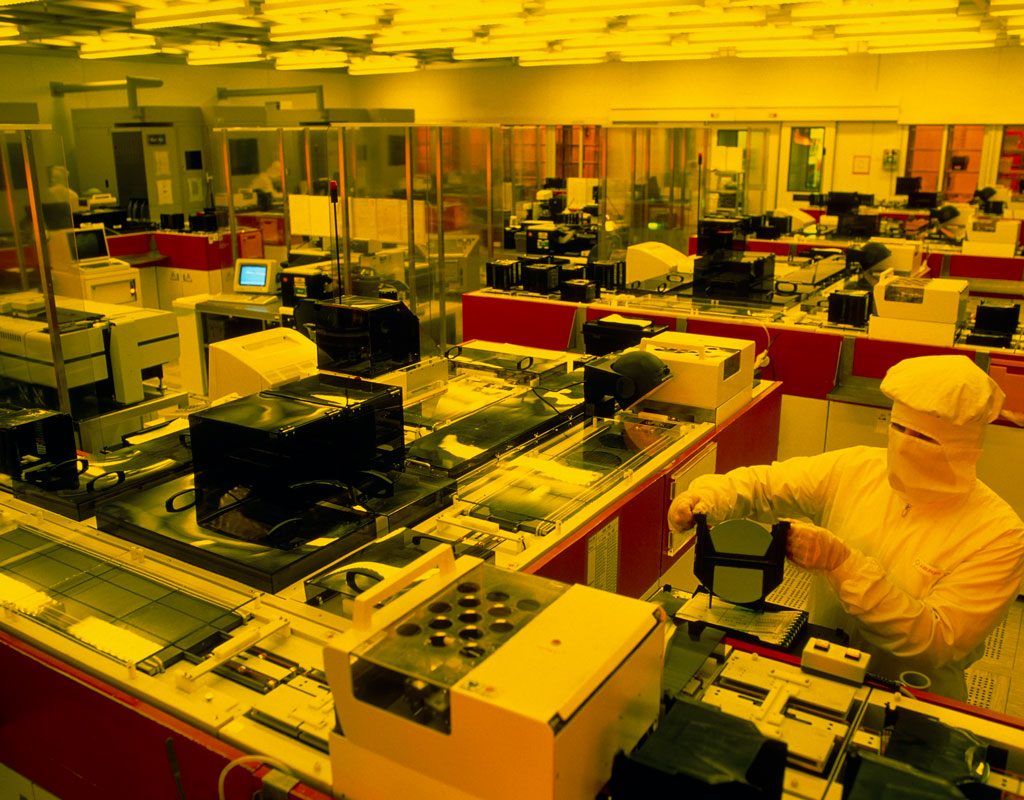What are some of the things you don’t think machines are ever going to be able to do? Computers are still very weak when it comes to understanding. They can’t process a textbook and use the knowledge the way humans do. But that’s being worked on. There’s no real problem- solving limit to what can be done. Understanding what does it mean in terms of consciousness or anything like that, I know that the software won’t be in that realm at all. But it will be an incredible problem solver.
Microsoft founder Bill Gates spoke with TIME’s Nancy Gibbs about looking forward and what makes him optimistic about the future.

